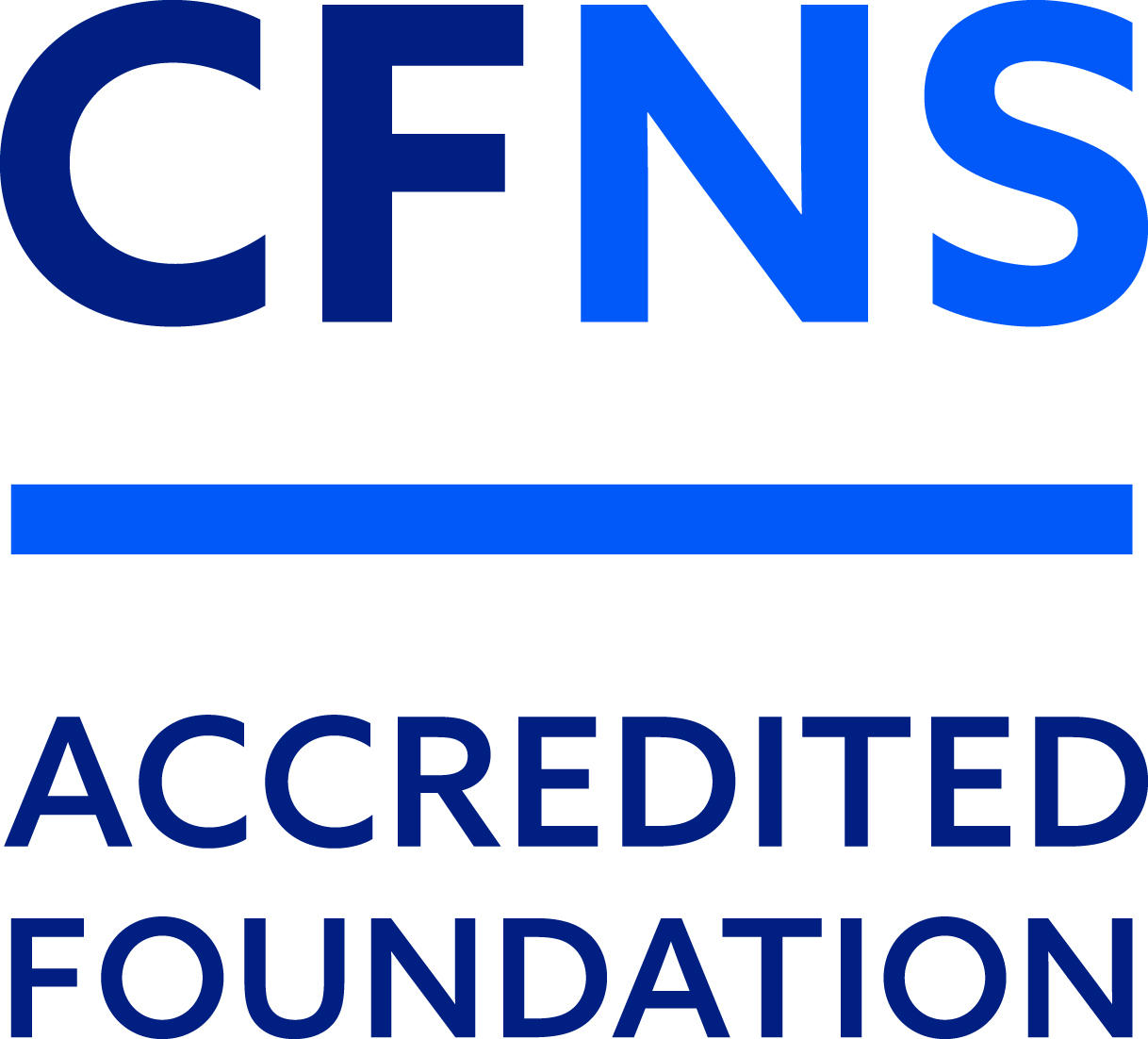How to Give Following Tax Reform
The Tax Cut & Jobs Act (Tax Reform) almost doubles the size of the standard deduction from $6,350 to $12,000 for single taxpayers. For couples filing jointly the standard deduction increases from $12,700 to $24,000.
This will reduce the number of taxpayers who will itemize their deductions—including charitable gifts.
Tax reform may provide small to mid-sized donors with more disposable income. However, these same donors may not get any additional tax benefit for making a gift, depending on the size of their contributions.
Many nonprofit organizations are asking this question: “How will tax reform impact donations this year?”
So how can you still feel good about giving and get tax relief?
Make a gift from your IRA.
A provision in the federal law helps local charities strengthen their communities by allowing individuals aged 70 ½ and older to transfer any amount up to $100,000 annually from an Individual Retirement Account (IRA) directly to a charity without being federally taxed.
The Richland County Foundation can help donors execute the transfers and choose from several charitable fund options for their gift. Funds that qualify for the tax-free IRA transfers include unrestricted/community fund, field of interest fund and designated fund. Donor Advised Funds do not qualify for tax-free IRA transfers.
Make a gift of stocks or mutual funds that have increased in value
When you give shares of appreciated stock or mutual fund that have been held for more than one year the gift amount is based on the current market value of the security. No capital gains tax will be owed on the increase in value. The tax deduction for appreciated securities held one year or less, however, will be based on its cost and not its higher market value.
Itemized Deductions Strategies and Donor Advised Funds
A donor-advised fund is a good vehicle to use in coordination with a tax savings strategy commonly known as bunching of itemized deductions. An example of bunching of itemized deductions involves doubling up tax-deductible payments into one year, then employing the standard deduction the following year. The process can be repeated over successive years.
Let’s look at an example assuming the following couple earns $100,000 a year has the following deductions:
Charitable Contributions | $10,000 |
Mortgage Interest | $5,000 |
Real Estate Taxes | $3,000 |
State and Local Taxes (SALT) | $5,000 |
Total Deductible Expenses | $23,000 |
Since the standard deduction for this couple is $24,000, they will get a $24,000 deduction. Over four years it would total $96,000 in deductions.
Should the couple instead contribute $20,000 every other year they are able to report $33,000 worth of itemized deductions during those years. They would claim a standard deduction of $24,000 in the off years. The four-year total tax deductions would equal $114,000. Under this strategy, the same amount of giving over four years would yield additional tax deductions of $18,000 during the period.
Consistent Contributions to Charities Through a Donor Advised Fund
Bunching of itemized deductions was already practiced by some, but without a Donor Advised Fund (DAF), our couple would have to drop large sums into charities one year followed by a year of no giving. With a DAF, you are able to get a significant tax benefit and distribute funds out of your DAF on a consistent basis over more than one year. Keep in mind there is a minimum balance of $10,000 that must be maintained in the DAF.
Set up a Charitable Gift Annuity
The Richland County Foundation offers Charitable Gift Annuities to donors as one option to help them fulfill their charitable intentions.
A Charitable Gift Annuity (CGA) is a simple contract between a donor(s) and Richland County Foundation. In exchange for a contribution from a donor(s), the Foundation promises to make fixed payments for life to one or two annuitants.
The Foundation invests and manages the contribution, and when the last annuitant has died, uses the remainder of the contribution for its charitable purposes.
The amount of fixed payments paid is based on the age of the annuitant(s). Annuity payments are made in quarterly installments and typically begin immediately, but they may be deferred until you reach a specified age. Annuity payments and tax advantages are normally greater when you defer the payments to a later date.
How does it work?
- Charitable Gift Annuities can be set up for individuals and couples starting at age 60.
- The minimum amount to set up a CGA is a $10,000 gift to the Richland County Foundation—you can give cash, appreciated stocks, or other marketable securities.
- If the total contribution is $25,000 or more, a separate named fund with your personal charitable directions will be established upon your death.
- We set up a contract with you that combine annuity payments with a charitable gift.
- You receive a stream of income that is fixed, regardless of market conditions.
- You also receive an immediate tax deduction for the charitable portion of your gift as determined by IRS rules.
- Upon your death, any residual balance will remain with the Richland County Foundation.
- Your gift will be placed into an endowment that is invested for long-term return. Earnings from your fund are used to make grants addressing community needs in accordance with fund directions.
- Your gift—and all future earnings from your gift—is a permanent source of community capital, helping to do good work forever.
Richland County Foundation follows the annuity rates established by the American Council on Gift Annuities. New higher rates for gift annuities went into effect July 1.
You can also list the Richland County Foundation or your favorite charity as a beneficiary of a retirement plan, insurance policy, bank account or investment account. You can give the nonprofit all or a percentage of the benefit.
These are suggestions. You should always consult your tax consultant, CPA or certified financial planner when considering your tax benefits and charitable giving plans.


